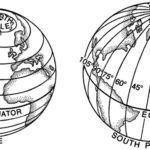Math Venn Diagram Questions: Math Venn diagram questions involve using overlapping circles to solve problems related to set theory, intersections, unions, and complements, enhancing logical reasoning and analytical skills.
Math Venn Diagram Questions












